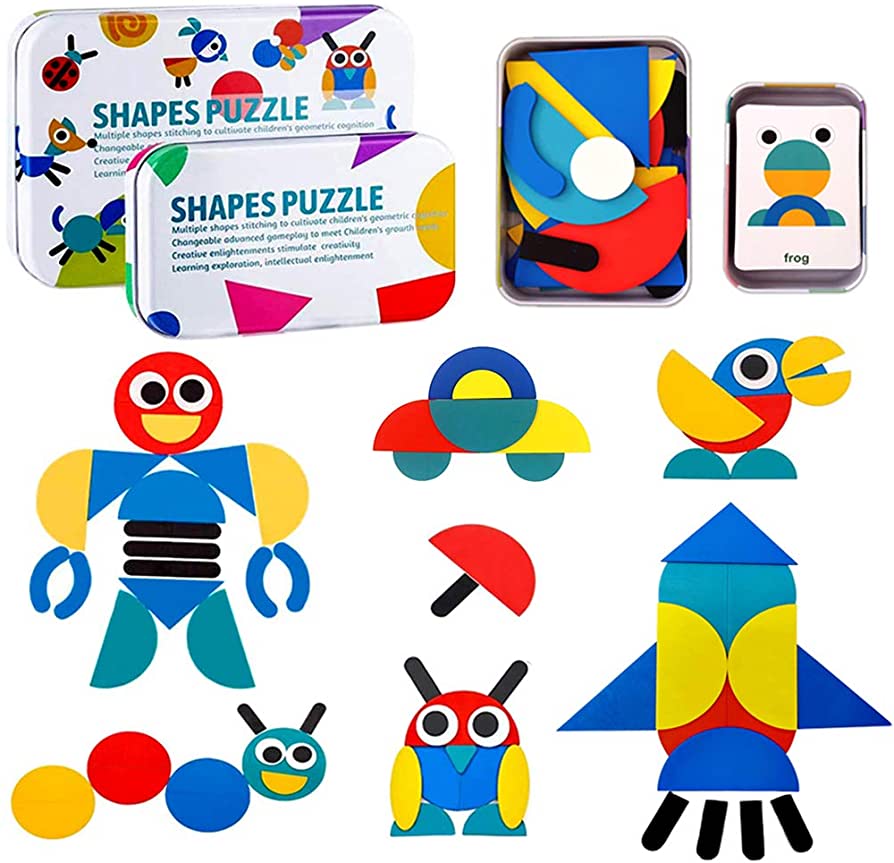Tangram puzzles are an ancient Chinese game consisting of seven flat shapes called tans that can be arranged in countless ways to create various geometric patterns, animals, and objects. Tangrams promote spatial reasoning, logical thinking, and creative problem-solving skills. The basic rules of tangrams are simple, with players given a set of seven tans to create a specific shape or pattern. Tangrams offer numerous cognitive and educational benefits, making them an excellent tool for both children and adults. There are numerous variations and adaptations of tangrams, including the classic seven-piece puzzle, 3D tangrams, and creative tangrams.
Tangram Puzzles: An Ancient Game of Shapes and Creativity
Tangram is an ancient Chinese puzzle game that originated during the Song Dynasty (960-1279 AD). The game consists of seven flat shapes called tans, which can be arranged in countless ways to create various geometric patterns, animals, and objects. Tangrams not only offer a fun and challenging pastime but also promote spatial reasoning, logical thinking, and creative problem-solving skills. In this article, we will explore the history, rules, benefits, and popular variations of tangram puzzles.
The History of Tangrams
The origin of tangrams is shrouded in mystery, with various legends and theories surrounding their creation. One popular legend claims that a wise man in ancient China invented the game as a way to entertain his emperor without using words, as he was a mute. Another theory suggests that tangrams were used by Chinese sailors to pass the time during long voyages, as the shapes could be rearranged to depict different sea creatures and navigational symbols.
Regardless of their origin, tangrams gained popularity in China and soon spread to other countries through trading and cultural exchange. The game became especially popular in Europe and America during the 19th century, where it was marketed as a trendy educational toy and puzzle.
The Rules of Tangrams
The basic rules of tangrams are simple. Players are given a set of seven tans, which are made up of two large right-angled triangles, one medium triangle, two small triangles, one square, and one parallelogram. The objective is to use all the tans to create a specific shape or pattern, which is usually depicted on a card or in a book. The tans cannot be overlapped or bent, and they must lie flat on a surface.
There are no time limits, and players can take as many tries as they need to solve a puzzle. Once a solution is found, players can compare it to the original pattern to see if they got it right. Tangrams can be played solo or with a group, and players can either take turns or work together to solve puzzles.
The Benefits of Tangrams
Tangrams offer numerous cognitive and educational benefits, making them an excellent tool for both children and adults. Here are some of the key benefits of tangram puzzles:
- Promote spatial reasoning: Tangrams require players to visualize and manipulate two-dimensional shapes in their minds, which helps develop spatial reasoning skills.
- Boost logical thinking: Tangrams require players to think critically and logically to find solutions, which improves problem-solving and analytical skills.
- Cultivate creativity: Tangrams allow players to experiment with shapes and colors, encouraging them to think creatively and outside the box.
- Develop fine motor skills: Tangrams require precise manipulation of small pieces, which enhances fine motor skills and hand-eye coordination.
- Improve visual perception: Tangrams help players recognize and distinguish between different shapes and colors, improving visual perception and attention to detail.
Popular Variations of Tangram Puzzles
Tangram puzzles have inspired numerous variations and adaptations over the years, each with its own unique twist on the original game. Here are some of the most popular tangram variations:
- Five square puzzle: This variation uses only five tans, all of which are squares. Players must use all five squares to create various shapes and patterns.
- Seven-piece puzzle: This is the classic version of tangrams, which uses seven tans of different sizes and shapes.
- Double-sided puzzle: This variation has two different patterns on each card, one on each side. Players must use the same seven tans to create both patterns, which adds an extra level of challenge.
- 3D tangrams: This variation uses tans that are three-dimensional and can be stacked to create sculptures and structures.
- Creative tangrams: This variation allows players to create their own shapes and patterns using the seven tans, rather than following a predetermined design.
Conclusion
Tangram puzzles are a timeless and entertaining game that has been enjoyed for centuries. They offer numerous cognitive and educational benefits, making them an excellent tool for promoting spatial reasoning, logical thinking, and creativity. Whether you’re a beginner or a seasoned pro, tangrams offer a fun and challenging way to exercise your brain and unleash your creativity. Give them a try and discover the endless possibilities of this ancient game of shapes!
